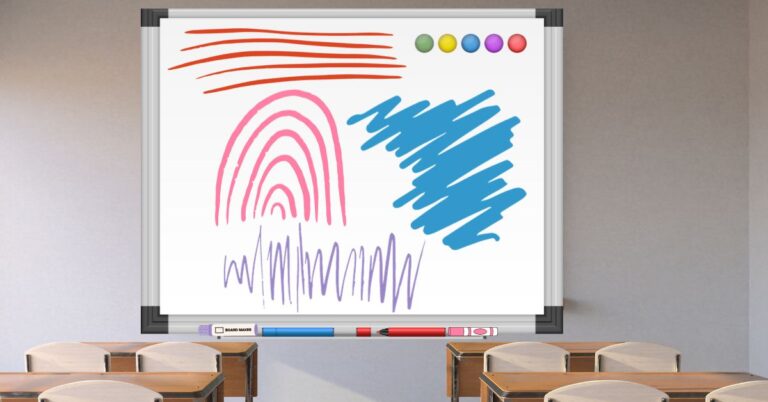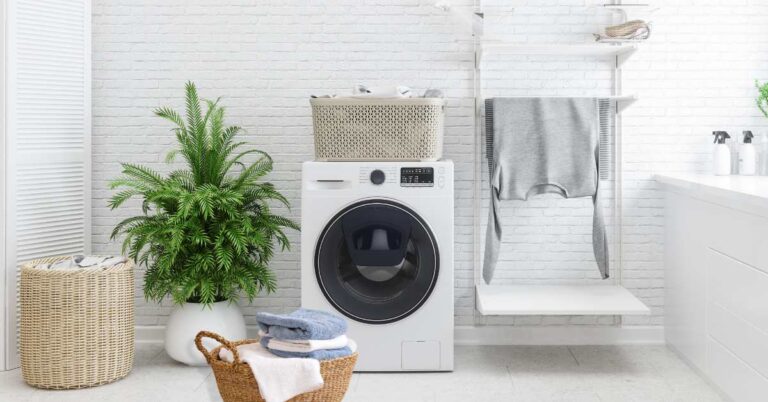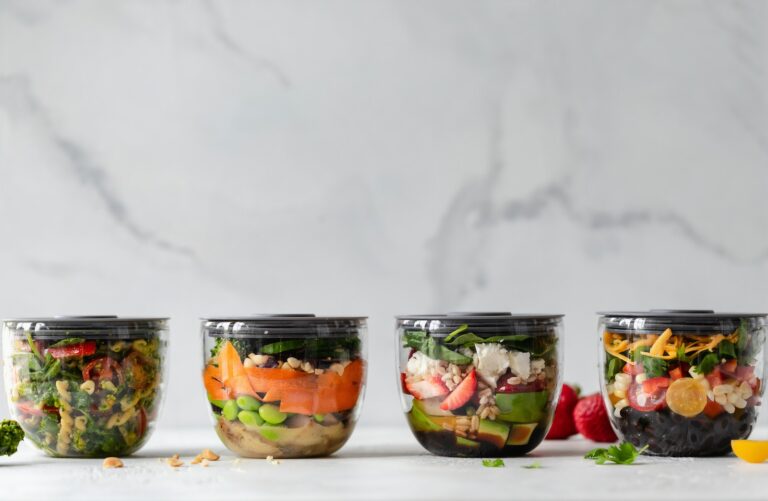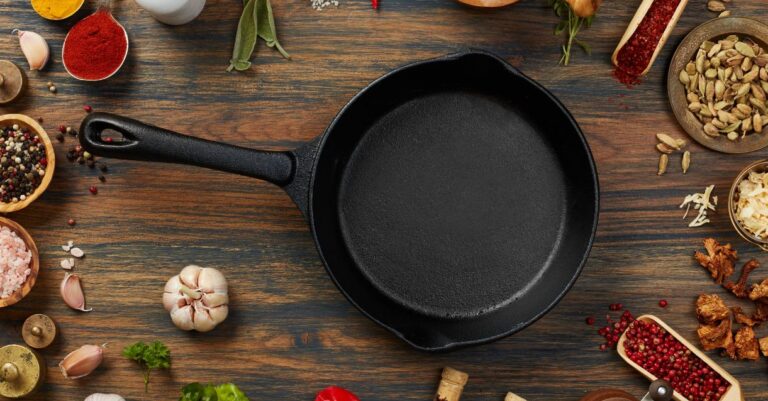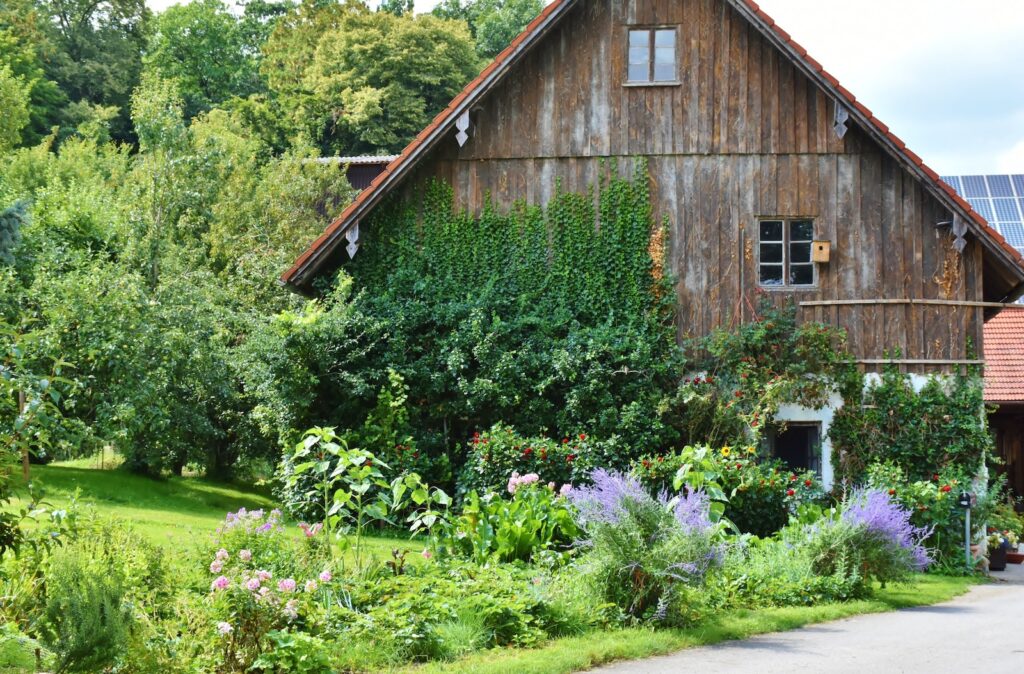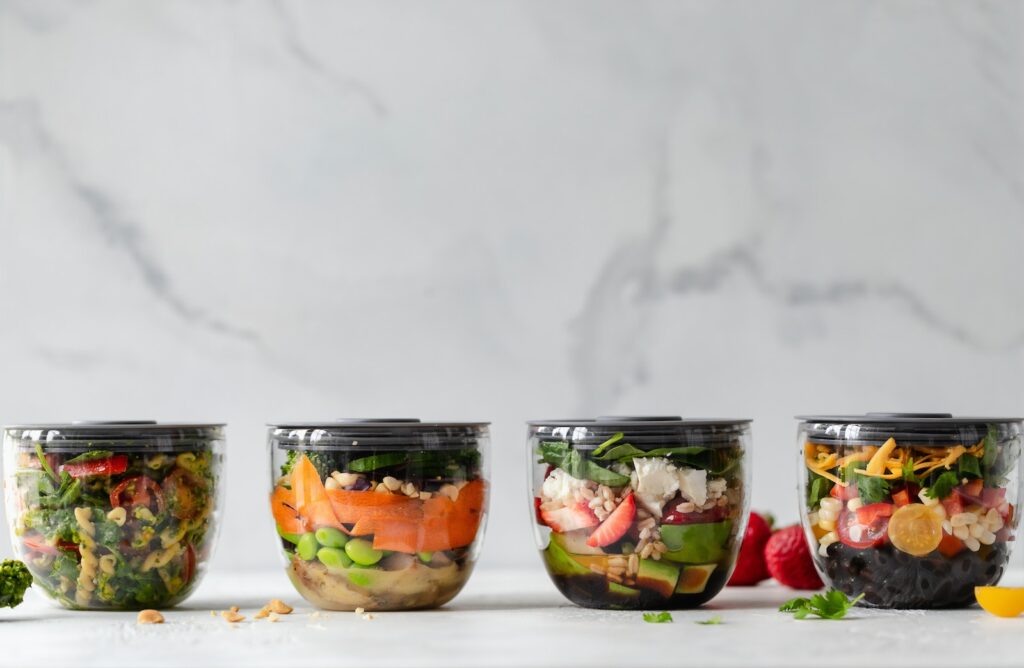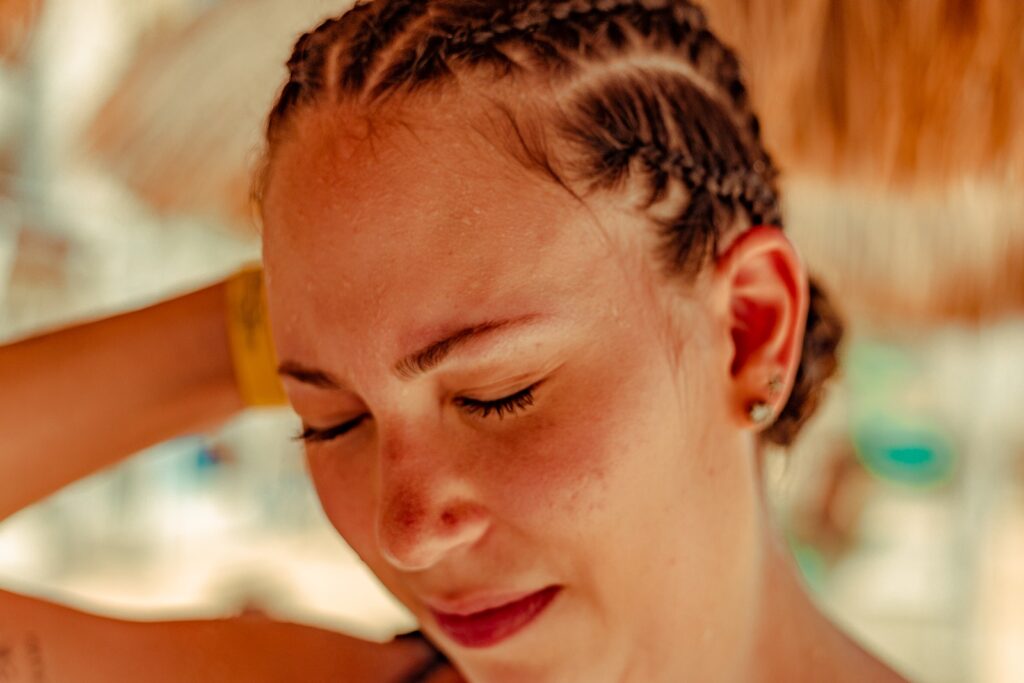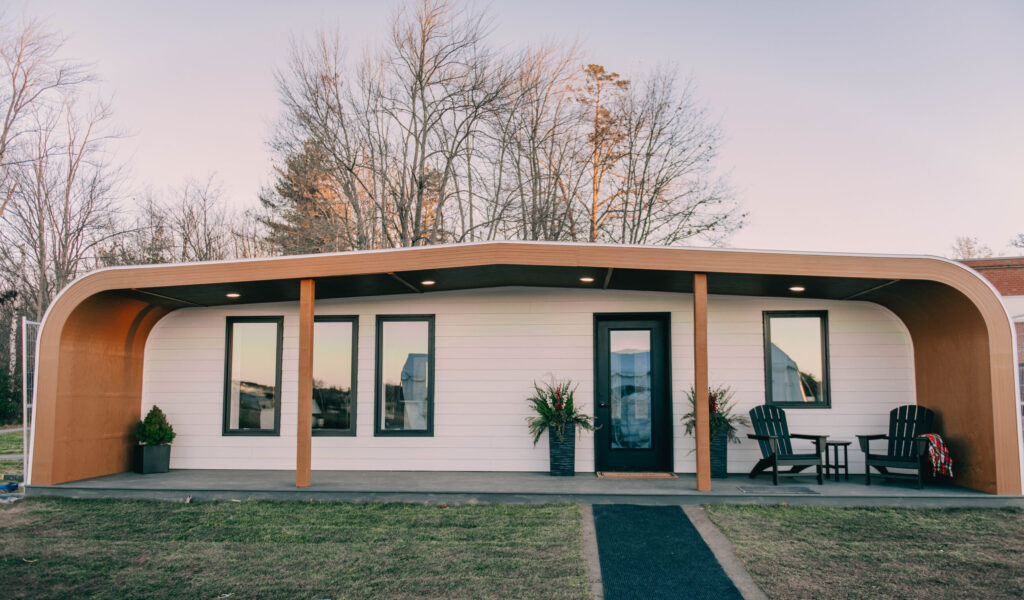We’ve all been there. You’re watching your child play, and that nagging worry about the safety of the playground surface creeps in. In this post, you’ll uncover why non-toxic rubber mulch is swiftly becoming the top choice for playground surfaces. We will uncover the benefits of rubber mulch, how it compares to other playground surfaces, why it’s the top choice for safety and eco-conscious parents and communities, and give you our top rubber mulch brand picks.
This post may contain some affiliate links. If you happen to purchase through them, we might earn a small commission. Learn more about it here.
The Rise of Rubber Mulch
Traditional wood mulch or other organic materials have been the preferred playground safety surfacing for many years. But times are changing. Rubber mulch, with its innovative approach, is revolutionizing non toxic playground surfaces. Developed to repurpose old rubber tires, rubber mulch is a loose-fill material that offers a sustainable, eco-friendly solution that prioritizes children’s safety.
Is Rubber Mulch Non-Toxic?
Rubber mulch is usually made from recycled tires and is used as a surface material for playgrounds and landscaping. It is considered safe to use by the CPSC and the EPA (see below). However, there have been concerns about the potential toxicity of rubber mulch due to the chemicals used in the tire manufacturing process. Some studies have indicated that rubber mulch can release chemicals, including heavy metals and volatile organic compounds (VOCs), into the environment. The levels of these chemicals and their potential impact on human health and the environment can vary based on factors such as the type of old tires used, the processing method, and environmental conditions. Therefore, the best practice is to choose reputable brands providing non-toxic rubber mulch. Click here to jump to our favorite brands.
What are the Consumer Product Safety Commission and the EPA’s Stance on Rubber Mulch?
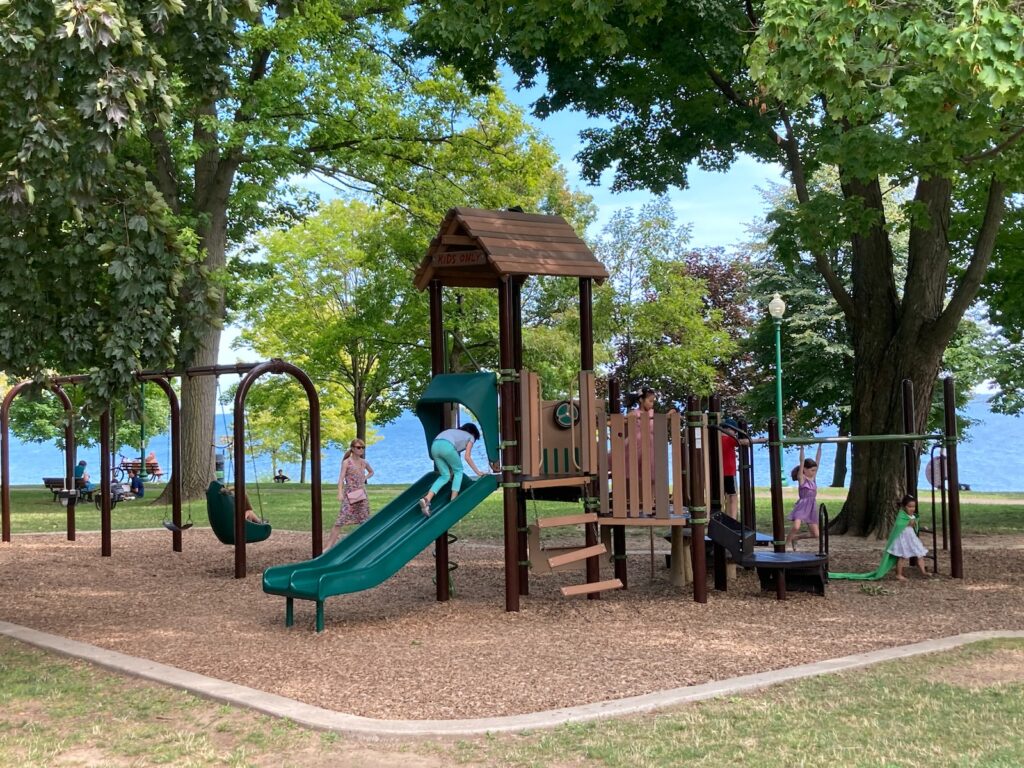

The Consumer Product Safety Commission (CPSC) has long advocated for children’s safety on playgrounds. They’ve recognized the potential dangers of certain playground surfaces and recommended using shock-absorbing materials, like rubber mulch. The CPSC recommends rubber mulch as a surface that provides an effective cushion, reducing the risk of life-threatening injuries from falls.
The U.S. Environmental Protection Agency recognizes that there could be concerning chemicals in some rubber mulch. However, they continue recommending rubber mulch as a life-saving surface and have worked with state agencies to increase its use.
What are the ASTM F Safety Standards?
When it comes to playground safety, the ASTM F safety standards are the gold standard. ASTM F1292 is the “Standard Specification for Impact Attenuation of Surface Systems Under and Around Playground Equipment.” Set by the American Society for Testing and Materials, the standard dictates the requirements for playground surfaces to ensure they offer adequate fall protection.
Rubber mulch meets, and often exceeds, these standards. This means that when you choose rubber mulch, you’re choosing a surface that’s been tested and proven to be safe for your kids.
What is IPEMA Certified?
IPEMA (International Play Equipment Manufacturers Association) certification is a voluntary program for playground equipment and surfacing manufacturers, indicating compliance with recognized ASTM (American Society for Testing and Materials) safety standards. Managed by the non-profit IPEMA, the certification involves third-party testing by TÜV SÜD America Inc. to validate product safety. Periodic retesting ensures continuous compliance, assuring parents, schools, and parks that certified products meet stringent safety criteria.
Fall Protection and Reduction in Playground-Related Injuries
One of the primary concerns on any playground is the potential for falls. Falls are inevitable, whether it’s from climbing equipment, swings, or just running around. However, the severity of injuries from these falls can be mitigated with the right surface. Rubber mulch has been shown to significantly reduce the impact of falls, thereby decreasing the risk of serious injuries. Its shock-absorbing properties are superior to many other materials, ensuring that a child’s fall is cushioned as much as possible.
Durability That Lasts
Imagine installing a playground surface and not having to replace it for years. That’s the beauty of rubber mulch. Unlike wood chips or sand, which can degrade quickly, rubber mulch stands the test of time. You’ll save money in the long run and reduce the need for frequent maintenance.
Eco-Friendly and Sustainable


You’re making a green choice with rubber mulch. Using recycled scrap tires gives a new life to what would otherwise be waste. This reduces the number of tires in landfills and the energy and resources needed to produce new playground materials.
Aesthetically Pleasing Options
Rubber mulch comes in various colors, allowing you to match the aesthetic of any playground or park. Whether you prefer a natural brown to mimic traditional wood chips or a vibrant blue or green, there’s a shade for you.
Weather-resistant, Low Maintenance, and Weed-prevention
You know the drill. After a heavy rain, traditional playground surfaces can become messy or even unusable. With rubber mulch, you won’t face these issues. It’s designed to be weather-resistant, ensuring that water drains away quickly. This means fewer puddles, less mud, and more playtime for your kids.
Preventing Weed Growth:
An added benefit of rubber mulch is its ability to suppress weed growth. Unlike organic mulches, rubber mulch doesn’t decompose, which means it doesn’t provide a fertile ground for weeds to thrive. When installed properly with a weed barrier fabric beneath, rubber mulch acts as an effective deterrent against weeds. This not only maintains the aesthetic appeal of the playground but also reduces the maintenance work required. No more constant weeding or application of herbicides; rubber mulch keeps the playground looking pristine with minimal, non-toxic effort.
Cost-Effective
While the initial investment might be higher than other options, rubber mulch proves cost-effective over time. Its durability means fewer replacements and low maintenance requirements, saving you time and money.
Buying rubber mulch in bulk for larger playground projects, community or city parks, or commercial playgrounds can lead to significant savings. Many suppliers offer discounts for bulk purchases, making it even more cost-effective in the long run. Additionally, buying in bulk ensures consistency in the color and quality of the mulch across the entire playground. It’s a smart move for those looking to maximize their investment and provide a uniform, high-quality play area.
Applications of Rubber Mulch
Rubber mulch is perfect for young children’s home play areas, and it’s becoming a staple in commercial and public playgrounds. Its applications stretch beyond playgrounds. Sports fields are now seeing the benefits of rubber mulch, as are equestrian arenas. And for the green thumbs out there, rubber mulch is making its mark in landscaping, often used to elevate flower beds.
What are the Pros and Cons of Rubber Mulch Compared to Other Surfaces?
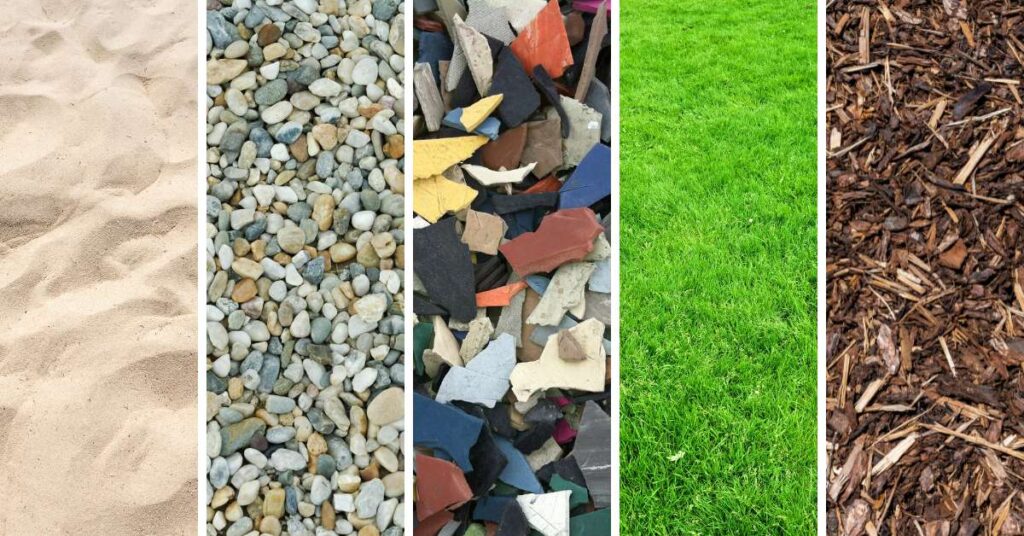

When selecting the ideal surface for playgrounds or landscaping, weighing each material’s pros and cons is crucial. Rubber mulch has become increasingly popular in recent years, but how does it compare to traditional choices like wood chips, sand, natural grass, and pea gravel? Let’s dive in:
Wood Chips
Wood chips (wood fiber) are a natural choice and can provide a rustic aesthetic to playgrounds and gardens. They offer some level of cushioning and relatively affordable prices. Over time, wood chips can splinter, which can be a hazard for children playing. They are also prone to decay, which can lead to mold growth. Additionally, they can attract pests like termites or carpenter ants. Compared to rubber mulch, wood chips may not offer the same level of shock absorption.
Sand
Playground sand is soft and provides a natural cushioning effect. It’s also versatile, allowing for various playground activities like building sandcastles. Sand can become compacted over time, especially after rain, reducing its cushioning properties. It can be messy, getting into shoes and clothes, and can attract animals that may use it as a litter box. Unlike rubber mulch, sand needs regular raking to maintain its consistency.
Grass
Grass offers a natural and aesthetically pleasing surface. It’s soft and can be comfortable to play on during dry conditions. Grass can quickly wear out in high-traffic areas, leading to bald and muddy patches. It requires regular maintenance, including watering, mowing, and fertilizing. Compared to rubber mulch, grass doesn’t offer consistent cushioning, especially when dry or worn out.
Pea Gravel
Pea gravel provides a unique aesthetic with its small, rounded stones. It offers drainage benefits, preventing water accumulation. The small stones can be hard underfoot and may not provide the same level of shock absorption as rubber mulch. There’s a potential choking hazard for younger children who might be tempted to put the stones in their mouths. Pea gravel can also shift and spread, leading to uneven surfaces and potential tripping hazards.
Rubber Mulch
Rubber mulch is durable, offering excellent shock absorption, which is especially beneficial in playground settings. It doesn’t attract pests, won’t decay, and provides a consistent soft surface. Some concerns about the potential chemicals in rubber mulch have been raised, though leading organizations suggest it’s safe for use.
While each surface material has unique benefits, rubber mulch stands out for its durability and safety features. However, it’s essential to consider the specific requirements of each site and the preferences of those using the space when making a final decision.
What’s the Difference Between Crumb Rubber, Rubber Mulch, and Rubber Nuggets?
Crumb Rubber
Crumb rubber is derived from shredded tires and is processed to create small, granulated particles. It is often used as infill for synthetic turf fields, as a component in athletic tracks, and in various other applications where a cushioned surface is desired. The size of crumb rubber particles can vary, but they are generally much finer than rubber mulch.
Rubber Mulch
Rubber mulch is also made from recycled tires, but the particles are larger, resembling shredded wood mulch in size and shape. It is commonly used as a safety surface in playgrounds and as a landscaping material because of its durability and cushioning properties. Rubber mulch provides better shock absorption than many other playground surfaces, reducing the risk of injuries from falls.
Rubber Nugget
Rubber nuggets are larger, chunkier rubber pieces, often resembling small rocks or stones. They are also used in playgrounds and landscaping, especially in areas where a more substantial, cushioned surface is desired. Due to their size, rubber nuggets might provide a slightly different aesthetic and feel than the finer rubber mulch.
How Does Rubber Mulch Fare With Leaf Blowers?


When it comes to interaction with a leaf blower, rubber mulch sits somewhere in the middle of the spectrum. It’s more resistant to being blown away than lightweight materials like wood chips but is more susceptible than denser materials like sand or pea gravel. Proper depth and compaction of rubber mulch can help reduce its disturbance by leaf blowers.
Our Favorite Rubber Mulch Brands
A few rubber mulch brands have consistently stood out for their commitment to quality, safety, and eco-friendliness. These are our top picks and why they have earned our trust in this growing market.
Playsafer Rubber Mulch
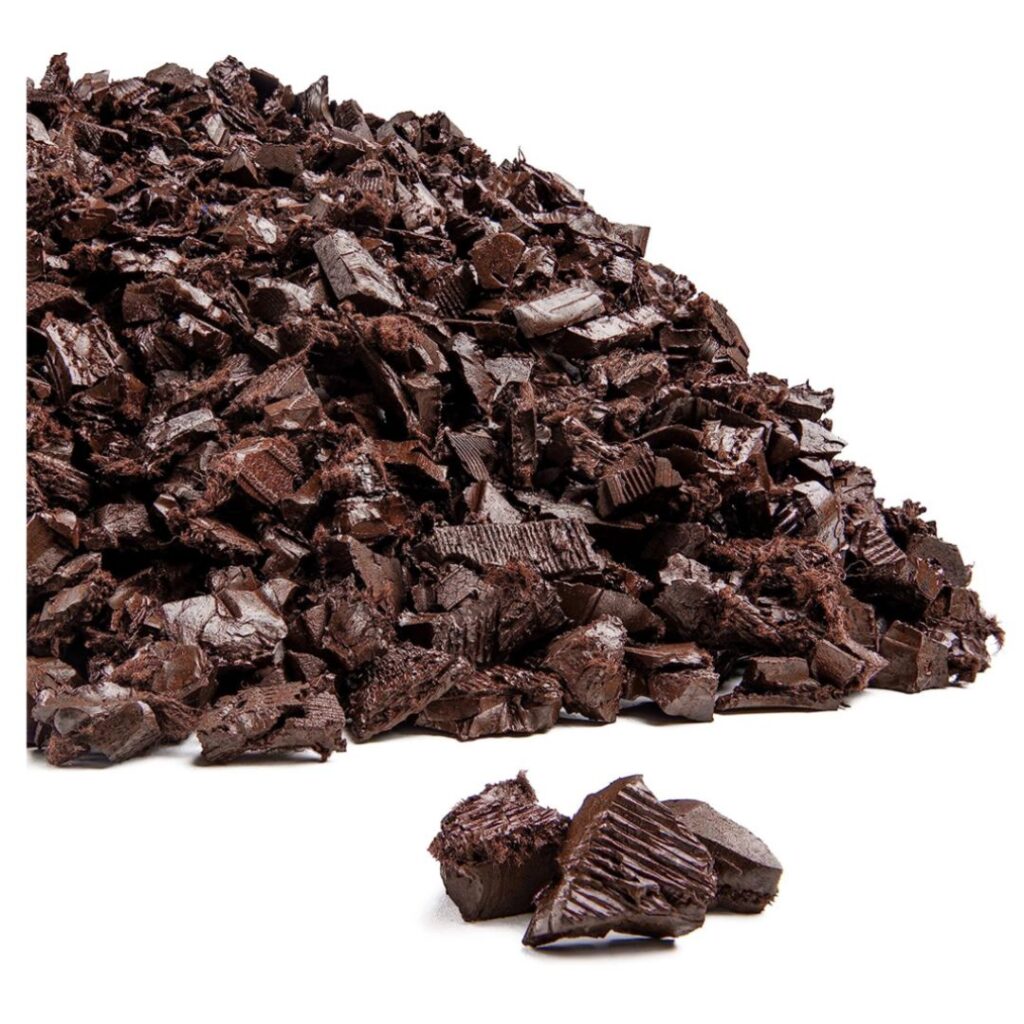

- 100% recycled rubber
- Non-toxic
- IPEMA certified
- Exceeds CPSC guidelines
- Meets ASTM F1292
- 99% steel free
- Variety of colors – 6 options
- Colors do not rub off or bleed on clothing
- 12 year color warranty
- Made in the United States
Nuplay
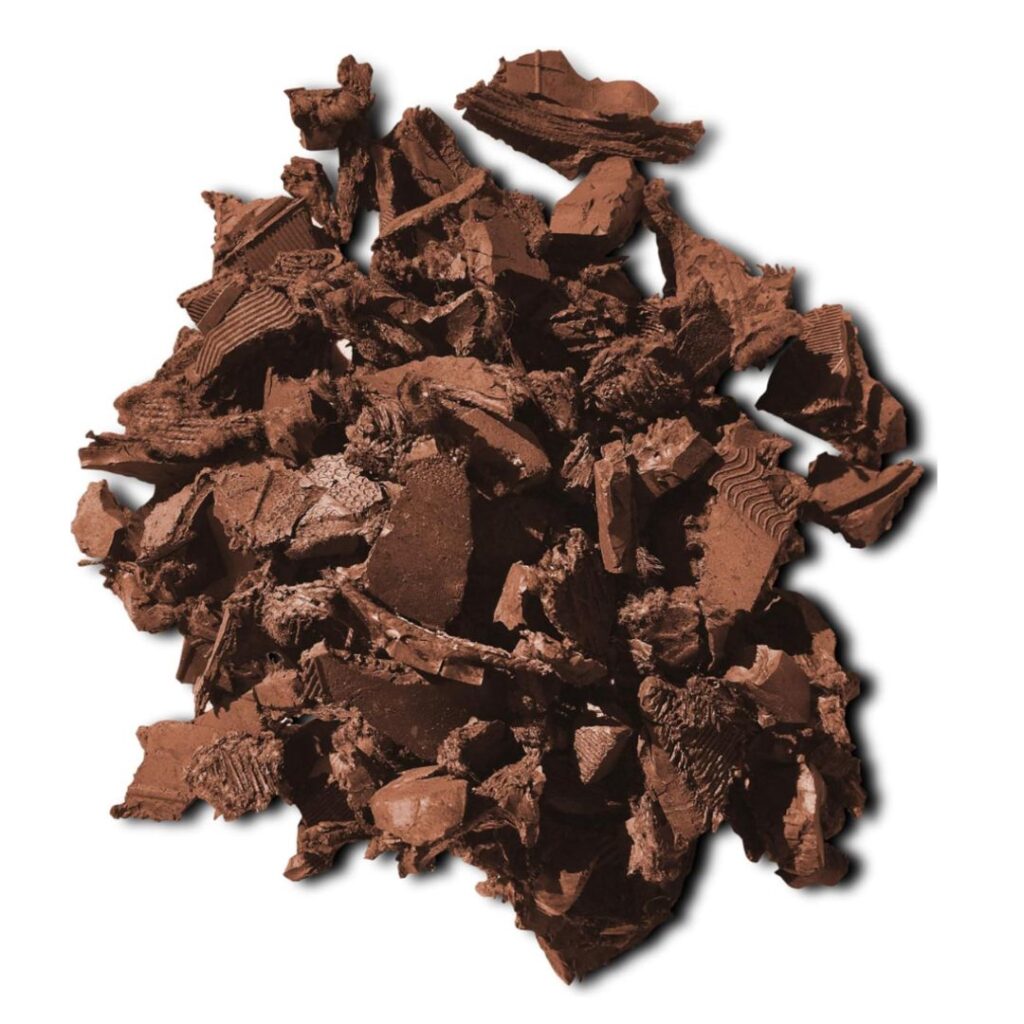

- Made by IMC Outdoor Living
- 100% recycled rubber
- IPEMA certified for safe use on playgrounds
- Meets ASTM F1292
- 12 year color guarantee
- Made in the United States
Jelly Bean Rubber Mulch
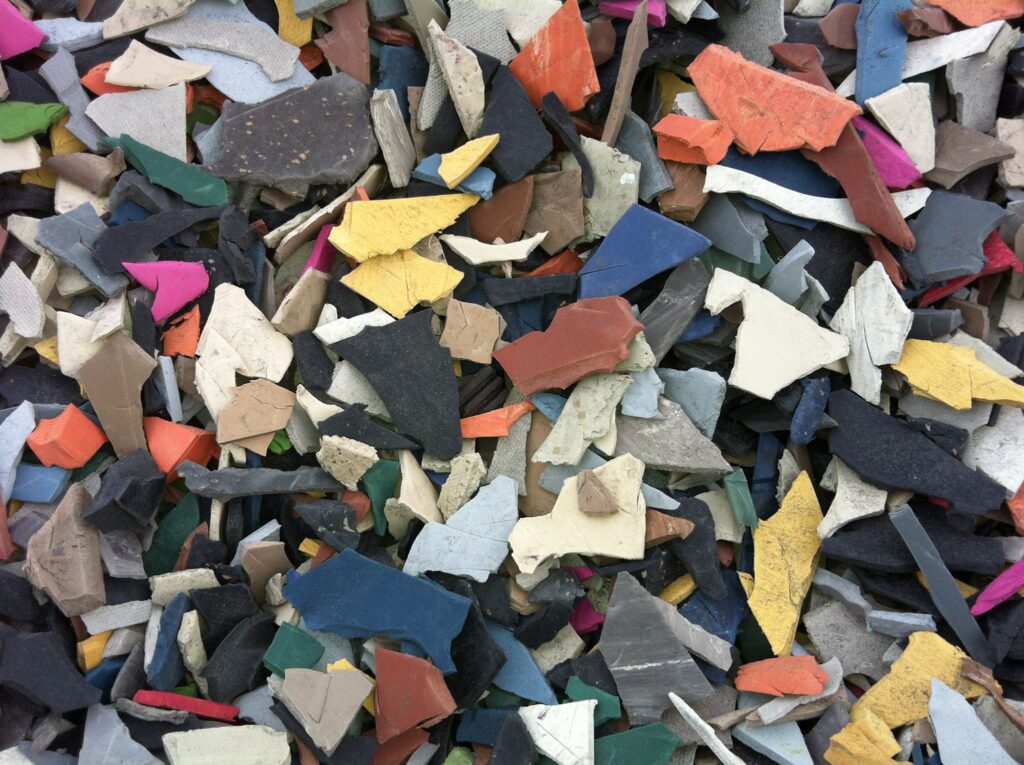

- Meets ASTM F1292
- Wire-free, sterile, no vocs
- Made from scraps and cutoffs of rubber tiles
- Pre-consumer virgin rubber
- Available in natural mixed color. No color coating.
- Commercial address delivery only
Best Rubber Mulch
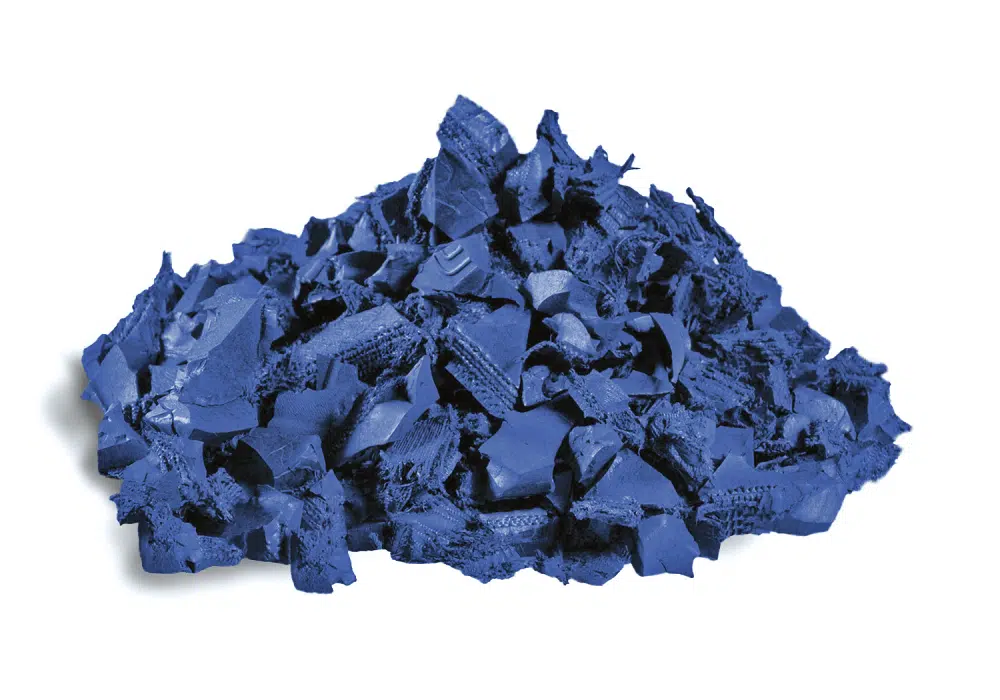

- 100% recycled tires
- Non toxic
- IPEMA certified
- Meets ASTM F1292
- Six colors
- Virtually wire free
When it comes to the safety and well-being of our children, no compromise is too great. Non-toxic rubber mulch is a great choice for a non toxic playground surface that offers a combination of safety, sustainability, and durability that’s hard to beat.
Remember to choose a reputable provider that guarantees their mulch is non-toxic and safe. By selecting this eco-friendly option, you’re ensuring a fun play environment for your kids and taking a step towards a greener planet. So, think of rubber mulch the next time you consider a playground upgrade. Your kids and the environment will thank you.


